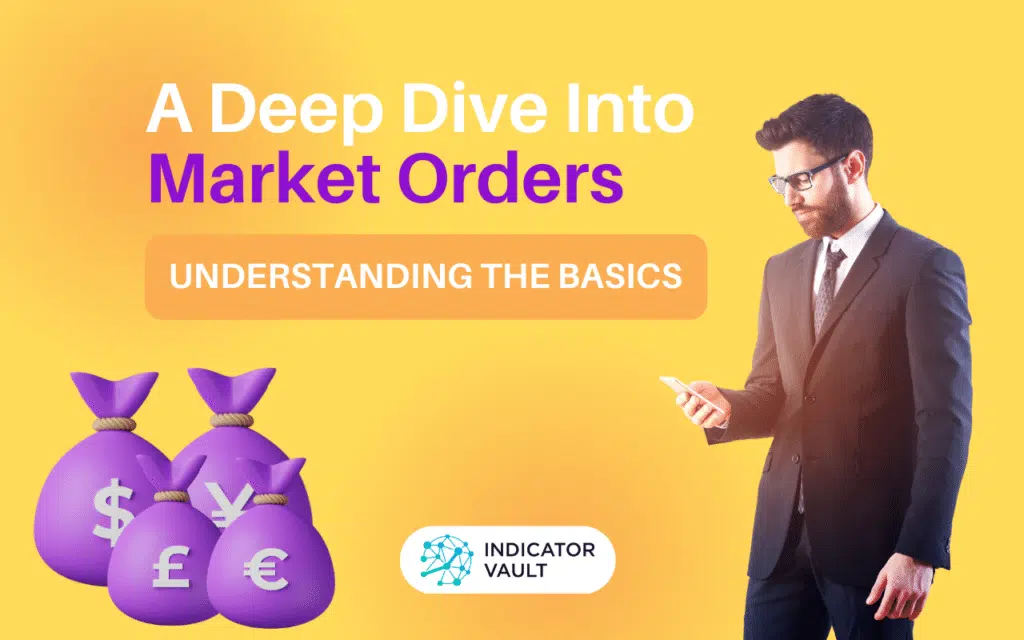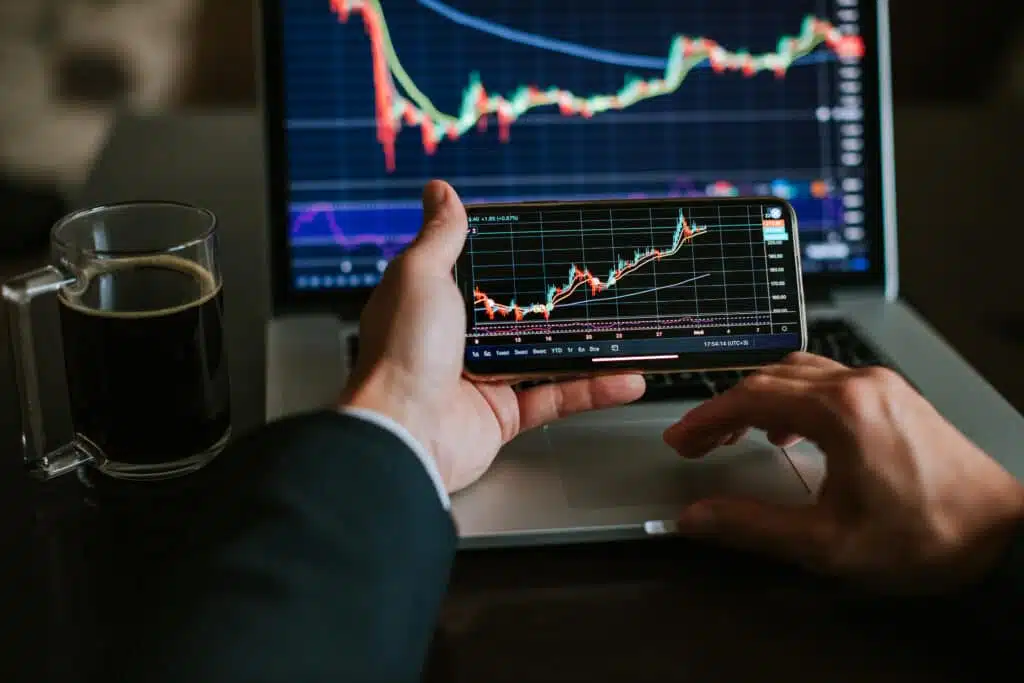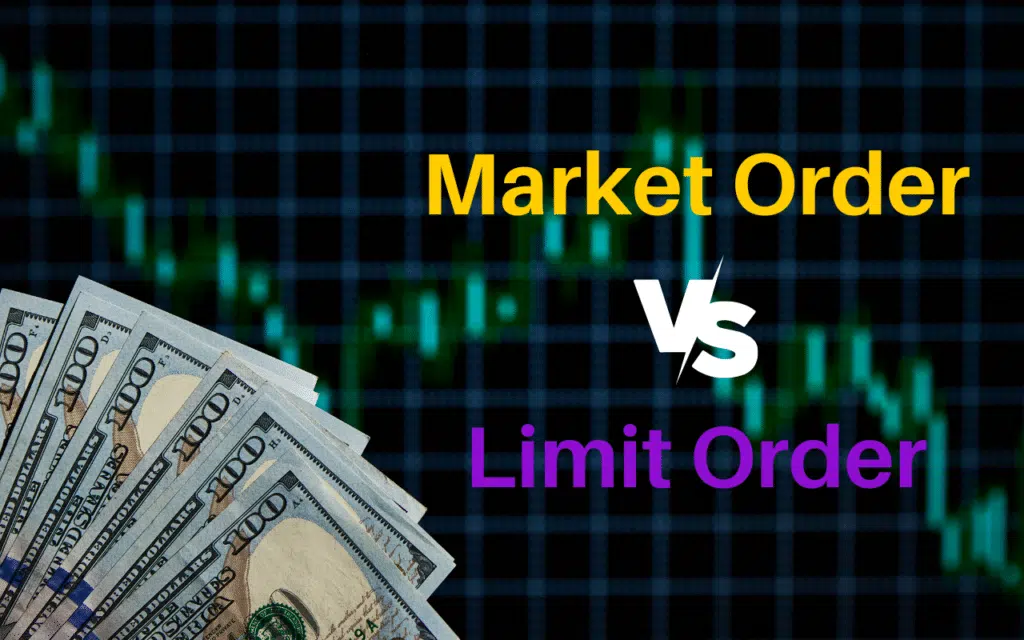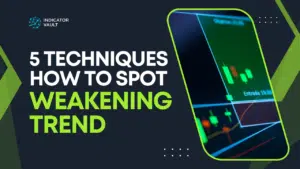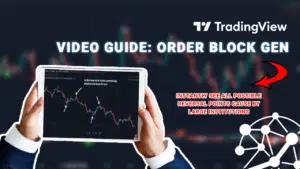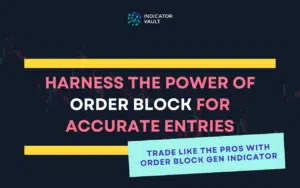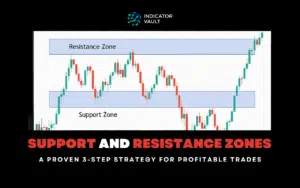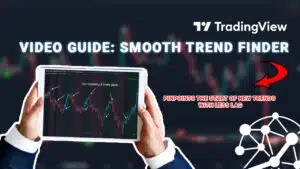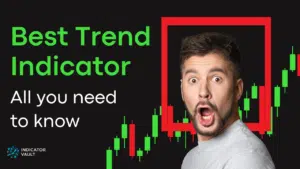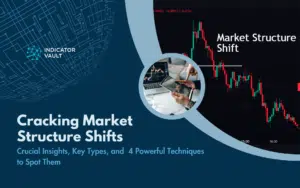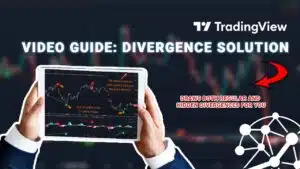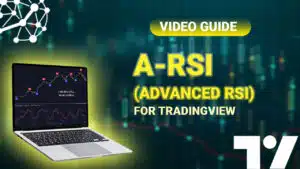Once you get into the forex market, you need to spend more time mastering from basic to advanced knowledge. Order types are one of the basics that I believe you should have from the start. So to be able to trade with confidence, you need to know what kind of “weapon” you have and its features. Let’s look at the article below to learn about market order, which are the bare “weapons” of traders in every transaction!
Table of Contents
1. What is market order?
Market order is a popular order in the financial markets because it is simple and easy to execute. It is also the default choice of almost all traders in any situation. Traders use this order when they sell or buy a pair of currencies at the current market price that they believe is the ideal price for their trade.
The most outstanding feature is its speed, that means the order will be completed immediately, even at the time of placing the order. But traders keep in mind that the price at which they place an order does not guarantee the price at which the order is executed.
This is called slippage, and it is caused by high volatility, low liquidity, or rapid price changes in the forex market. In particular, the sell order will be carried out at the highest price that is currently available on the market. Otherwise, the buy order will match the lowest price available at the moment. Slippage might thus be useful or damaging to traders according to the context.
For understand, let go through this below example of market order:
Let’s say you want to buy EUR/USD, which is currently trading at 1.2000. You believe that the price of EUR/USD will rise, so you want to enter a long position. To do this, you would place a market order to buy EUR/USD at the current market price of 1.2000.
Once you place the market order, it is executed immediately, and you are now long EUR/USD at 1.2000. If the price of EUR/USD goes up, your position will increase in value, and you can close the position by selling at a higher price to realize a profit.
On the other hand, if the price of EUR/USD goes down, your position will decrease in value, and you may need to close the position by selling at a lower price to minimize your losses.
2. Advantages and disadvantages of market order
The order market is not an exception to the rule that every form of order in the market has both benefits and drawbacks associated with it. Before engaging in any trade, here are some advantages and disadvantages that traders should be aware of.
Advantages:
- Rapid execution: Traders will get the feeling of immediate order execution, which not all order types have. You will be able to rapidly enter or exit a position.
- Assured completed opportunities: The market order will be executed regardless of market conditions. As a result, traders can reduce their concern about not achieving their targeted market position.
- User-friendly: Because this is the most basic trading order type on the market, it is suitable for beginners who are unfamiliar with more complex order types.
Disadvantages:
- Spread: The main disadvantage of using the order market is that you never know what price the order will be executed at. To put it another way, the execution price is not guaranteed and may fluctuate from the current market price. As a result, you have no control over the amount of loss you suffer once the order is completed.
- Limited control over execution: Market orders have limited control over execution, which is a significant drawback in forex trading. This refers to traders having less control over the execution of their trades. When placing a market order, traders simply recognize the quantity of the currency pair they intend to purchase or sell, rather than the specific price at which the order should be executed.
- The wide-bid spread: If you own a currency pair that only has low volume during the day, it will put you at a serious disadvantage. The biggest reason for that is the wide-bid spread, which means there’s a larger difference between the price a buyer and seller are willing to trade. As with the previous two disadvantages, the end effect is significant slippage.
3. Difference between market order and limit order
The term “limit orders” refers to orders that provide traders with better control. You might want to try putting in a limit order in case the market order doesn’t work out for you.
You can see more detail about the article by investopedia.com: What Is a Limit Order in Trading, and How Does It Work?
One of the most popular questions that I usually see is “What is the difference between market order and limit order?”
Here are some basic differences between market order and limit order:
As you can see, each order type has benefits and limitations. Choosing which order type to trade should be based on the individual trading situation you face.
In addition to the two orders mentioned above, stop orders are also a common type of order in the forex market. Read more about it here: Stop Loss Order: The Golden Rule, For Trading Cool and Keeping it Smooth.
4. The takeaway
The road to become a professional trader has never been easy.
Which is why, in addition to basic knowledge, you should empower yourself with other support tools that act as effective assistants, guiding you to the best decisions.
No look further. Our indicator collection will help you. We have developed them based on our trading experience especially when faced with trading difficulties.
Think I’m exaggerating?
Get instant access to the entire collection of All Of Our Top-Rated Custom Indicators for TradingView.
At last, I hope this post has provided you with all of the necessary information on market order. Follow us to learn more about forex!
So, in addition to basic knowledge, you should prepare yourself with other support tools that act as excellent assistants, guiding you to the best decisions.
What do you think? Please feel free to share your comments!
Find this article useful? Share this blog with your friends on social media!

